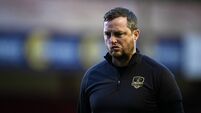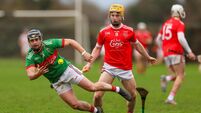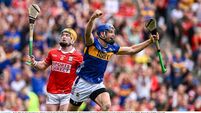Treacy warns of sport budget cuts consequences
The chief executive of the Irish Sports Council (ISC) was speaking yesterday just two days after senior figures in a number of national governing bodies expressed fears that public funds will be slashed in 2013 after the London Olympic Games.
Liam Harbison, chief executive of Paralympic Ireland, was among those at an Olympic forum in Dublin who voiced concerns.














